Floods, earthquakes, tsunamis and drought – we’ve had them all
By Maxmilian Wechsler
In the last half-century, Thailand has been ravaged by its share of natural disasters that have killed and injured countless thousands and destroyed trillions of baht worth of property and infrastructure. No province has been spared the enormous human and economic toll from floods, droughts, tropical storms, tsunamis, forest fires, landslides, earthquakes, hailstorms and other so-called ‘acts of God’. It’s often suggested, however, that many such disasters are at least partly manmade and could be minimized if authorities did more to tackle corruption, bad planning, mismanagement, negligence, and political wrangling in the realm of public works.
By Maxmilian Wechsler
In the last half-century, Thailand has been ravaged by its share of natural disasters that have killed and injured countless thousands and destroyed trillions of baht worth of property and infrastructure. No province has been spared the enormous human and economic toll from floods, droughts, tropical storms, tsunamis, forest fires, landslides, earthquakes, hailstorms and other so-called ‘acts of God’. It’s often suggested, however, that many such disasters are at least partly manmade and could be minimized if authorities did more to tackle corruption, bad planning, mismanagement, negligence, and political wrangling in the realm of public works.
| HERE’S a timeline of some large-scale natural disasters in Thailand from 1966 to 2016: September 1966: About 90 percent of northeastern Nong Khai province was submerged. Torrential downpours that started in August cut all communications. About 300,000 residents were affected and up 30 people were killed. Heavy rains also caused floods in northern Chiang Rai province, resulting in substantial losses for farmers. August 1970: At least 25 provinces were devastated after two massive storms hit the country. More than 100 people were killed. Thousands were left homeless after heavy rains inundated homes, farms and other property. Most of the deaths and damage were reported in the northeastern provinces of Uttaradit, Phrae and Phetchabun. November 1970: Tropical storm Ruth battered southern coastal Thai provinces for over a week, forcing thousands to flee . The storm destroyed many buildings in Koh Samui. A rail link between Bangkok and the South became impassible. Damage to the agricultural sector was high. February 1975: An earthquake was felt in Bangkok and nine other provinces. Measuring 6.0 on the Richter scale, the quake was centred below the Andaman Sea and lasted for about three minutes, causing thousands of office workers to run out from high-rise buildings in Bangkok. Fortunately, no injuries or loss of life was reported, and damage was slight. The tremor shut down the Bhumibol Dam in Tak province, causing power disruptions in Bangkok and other areas. October 1980: Big floods hit Bangkok and other provinces causing millions of baht in damages. Some schools were forced to close for over a month, and damage to roads and other infrastructure and private property was widespread. The calamity prompted Deputy Prime Minister Boonchu Ronajastien to call for a long-term national flood prevention plan. Bangkok Governor Chaowas Sudlabha was red-faced when reminded of an earlier promise to keep Bangkok free of floods. |
| October - November 1983: Tropical depressions Herbert and Kim left a trail of destruction and death in 42 central, northeastern and eastern provinces. Forty-nine people were killed, and damage to crops and infrastructure was estimated at 625 million baht. Heavy rains caused dams and rivers to overflow, flooding villages and towns and parts of Bangkok, where roads were impassable for days. About 55 Bangkok residents died, and 200,000 homes in the eastern suburbs alone were damaged. May 1986: A storm that originated as a tropical depression in the Andaman Sea caused heavy rain that lasted for several days and paralysed Bangkok. On May 9 floodwaters brought traffic across the city to a standstill, with hundreds of thousands of motorists and bus passengers stranded up to five hours. Most shops were closed as streets and footpaths were underwater. Police reported four deaths by electrocution from severed power lines that were submerged in the deluge. | November 1988: In one of the worst disasters in the country’s history at least 350 people were killed, and 75 went missing after extremely intense rainfall caused mudslides around Khiriwong and Khao Phra villages in Nakhon Si Thammarat and Na Sarn district of Surat Thani province. The tragedy prompted Prime Minister Chatichai Choonhavan to order a ban on logging in forests in the South. The heavy rains also caused serious flooding in 13 southern provinces, and many villagers were stranded for days in several districts in the Pak Phanang River basin. November 1989: Typhoon Gay struck the coast of Chumphon province with gusting winds of 185km/h on November 3, causing widespread devastation as it moved inland. The typhoon destroyed houses and schools, damaged crops, made roads impassable and uprooted trees and electricity poles. The Interior Ministry reported that 529 people were killed, 508 boats sunk, 894 government buildings damaged, 400 public schools wrecked and 29,518 homes destroyed, rendering 158,605 people homeless. |
| October 1990: Tropical storm Ira passed over Ubon Ratchathani province in the Northeast unleashing heavy rains that triggered floods which killed at least 24 people and TheBigChilli 121 damaged more than 6,000 square kilometres of farmland. November 1993: A tropical depression caused severe flooding that lasted for about three weeks in the three southern provinces of Trang, Nakhon Si Thammarat and Yala. The floods resulted in the deaths of 23 people and considerable financial damage. September 1994: At least 16 people were killed and 13 missing after a flash flood surprised hundreds of people swimming and picnicking at a recreation park at Wat Takrai in Nakhon Nayok province northeast of Bangkok. Officials equipped with bullhorns warned people to leave the stream, but many ignored the warnings or were too slow to move to higher ground. October - November 1995: Millions of people in the Bangkok metropolitan area were severely affected by floodwaters that reached 2.27 metres and lasted weeks. Roads all over the city sustained major damage. The floods also spread across many other provinces and damaged large tracts of farmland. Many flood victims complained of a lack of assistance from the government. The disaster that took more than 400 lives was the worst recorded flooding in Bangkok history, until 2011. | 1997: Drought in 63 provinces affected almost 23,000 rural villages and about 414,000 hectares of farmland. August 1997: Flooding in northern Thailand caused by tropical storm Zita between August 22 and 23 caused 49 deaths and damage to property estimated at 2.9 billion baht. November 1997: Tropical storm Linda swept through Nakhon Si Thammarat province with strong winds and heavy rains that triggered flash floods in six districts. Linda took the lives of 12 people on land and more at sea. The bodies of hundreds of Thai and Vietnamese fishermen caught at sea were washed ashore in the aftermath of the deadly storm. January 1999: Thai authorities reported that as of January 29 six million people in 44 provinces had been affected by Thailand’s worst drought in decades. | August 1999: Tens of thousands of Thais were forced from their homes after the worst flooding in 30 years inundated most of Chanthaburi province. Police reported six people dead and two missing after three consecutive days of heavy rain submerged towns, farms and main roads. According to the Provincial Civil Disaster Protection Centre, 98,166 people were affected. Floodwaters inundated some 10,180 hectares of orchards and plantations and damaged more than 250 roads. Hundreds of vehicles were partially submerged on the roads of Chanthaburi town. November 2000: The southern town of Hat Yai in Songkhla province experienced epic flooding in four days of extremely heavy monsoon rains that left 26 people dead and caused an estimated two billion baht in damages. |
| May 2001: Following two days of heavy rain, a landslide in Wang Chin district of Phrae province in the North killed 43 people on May 4, 2001. More than 300 houses were destroyed. Thai officials blamed the tragedy on logging. August 2001: At least 122 residents of seven villages in Phetchabun province were killed and more than 100 injured during the night when mudslides brought on by heavy rains swept down from the mountains. Fallen trees also poured down hillsides laid bare by deforestation. January 2002: Two people were killed and thousands of homes damaged after hailstones as large as coconuts struck nine provinces in northern Thailand. April 2002: A storm killed five people and damaged about 300 bamboo shelters in a refugee camp in Tak province near the Myanmar border. December 2004: Floods killed at least eight people and damaged thousands of homes in several southern provinces. December 2004: Following an earthquake measuring 9.1 on the Richter scale off the coast of Indonesia in the Andaman Sea, tsunami waves struck the western coast of southern Thailand on December 26. More than 8,000 people were killed and about 8,500 injured. The damage to the Thai economy was enormous. It remains the most significant natural disaster in modern Thai history. | 2004 - 2005: According to government spokesman Jakrapob Penkair, between October 2004 and February 2005 wildfires destroyed more than 80,000 rai of forest area. August 2005: Over 100,000 families were affected by floods in the northern Thailand provinces of Chiang Rai, Chiang Mai and Mae Hong Son. The disaster claimed 11 lives and inundated about 4,500 homes. December 2005: Heavy rains and flash floods that began in mid-November flooded a number of southern provinces including Yala, Narathiwat, Pattani, Songkhla, Trang, Satun, Nakhon Si Thammarat and Phatthalung. At least 25 people drowned, and some 368,500 families were affected. More than 80 percent of the total area in some localities was inundated. Over 2,000 schools were damaged, 1,800 of them closed temporarily. It was the worst flood in southern Thailand in 40 years. | At least 25 people drowned, and some 368,500 families were affected. More than 80 percent of the total area in some localities was inundated. Over 2,000 schools were damaged, 1,800 of them closed temporarily. It was the worst flood in southern Thailand in 40 years. May 2006: Two days of heavy rains were responsible for flash flooding and landslides in Phrae, Lampang, Nan, Sukhothai and Uttharadit provinces that resulted in the deaths of 87 people. Almost 400 villages were under water after rivers and reservoirs overflowed. October 2006: The remnants of Typhoon Xangsane, which had already wrecked havoc in the Philippines and Vietnam, passed over Thailand causing significant flooding in 35 provinces in the central region and killing around 50 people. Floodwaters damaged vast tracts of farmland and local infrastructure and spread water-borne diseases due to polluted water. November 2006: Devastating floods in northern Thailand killed 211 people on November 6. The floods destroyed 54 houses and damaged 10,000 more. Around 7,000 roads and 480 bridges sustained heavy damages. Ubon Ratchathani province was among the hardest hit. April 2007: At least 23 holidaymakers were killed and more than 20 injured by flash floods at three waterfalls in Trang province on April 14. |
| April 2008: The Department of Disaster Prevention and Mitigation (DDPM) reported that 55 provinces were suffering from the drought that was affecting more than 10 million people. The list of most seriously affected provinces included Chiang Rai and Mae Hong Son in the North, Si Sa Ket, Nong Khai and Ubon Ratchathani in the Northeast, and Trang, Surat Thani and Ranong in the South. September – October 2006: Typhoon Mekkahla hit Si Sa Ket province in late September spurring torrential rains that killed 32 people. October 2008: The death toll from floods caused by heavy monsoon rains in North, Northeast and Central Thailand rose to 23 while more than 230,000 people were treated for waterrelated diseases and injuries. October 2008 - February 2009: The Forest Fire Control Division reported in February 2009 that more than 10,000 hectares of forest had been ravaged by 609 fires since the start of the fire season in October. Chiang Mai was hardest hit with 262 fires, followed by Chaiyaphun and Prachuap Khiri Khan provinces, which had 72 and 39 fires, respectively. November 2008: Flooding following heavy rains in southern provinces left ten people dead and 190 families homeless. August 2010: Floodwaters one meter high caused widespread disruption in over 1,200 households in 36 villages in seven districts of Lampang province on August 13. | October - December 2010: Catastrophic flooding in the Central and Northeast regions of Thailand resulted in the deaths of an estimated 180 people, while floods in the South were responsible for around 80 deaths. Government estimates put the number of people affected at about seven million in 25,000 villages and put economic losses at 54 billion baht. The floods were caused by the overflowing of the Chao Phraya River in Central and Northeast Thailand and a combination of a tropical depression and La Niña monsoonal rains in the South. July 2011 - January 2012: The worst flooding in five decades spread over 65 provinces, mainly in the North and Central regions, including a large part of Bangkok. Altogether there were 815 deaths, and over 13 million people were affected. About 21,000 square kilometres of farmland was submerged, along with tens of thousands of homes, factories and businesses. The total loss to the economy was estimated at 1.43 trillion baht. March 2013: Heavy storms hit the northern provinces of Chiang Rai, Chiang Mai, Lampang and Lampun on the evening of March 3, causing blackouts and extensive damage to houses and cars. Hailstones in Viang Hang and Soi Saket in Chiang Mai province were reportedly the sizes of eggs. | November 2013: Around 4,000 households were damaged and 41 roads and 21 bridges were rendered impassable in four district of Surat Thani province due to floods. At least five people were reported dead. March 2014: A torrential rainstorm accompanied by a devastating hail storm hit several villages in Loei province on March 16, causing significant damage to houses, cars and property. The storm also downed trees and power poles. Hailstones in some areas were the size of golf balls wreaked havoc on crops and buildings. February 2014: The Northeast provinces of Buriram and Sakhon Nakhon were reportedly suffering from the worst drought in many years. May 2014: An earthquake measuring 6.3 on the Richter scale with its epicentre 27km southwest of Chiang Rai struck on May 5. An 83-year-old woman in Mae Lao district was killed when the brick walls of her house collapsed on her. July 2014: Chiang Rai province was struck by flash floods and landslides after three days of heavy rain. Thousands of people in eight districts were affected, but no injuries were reported. September 2014: A total of 28 provinces, including Kamphaeng Phet, Mae Hong Son, Chiang Rai, Nakhon Si Thammarat, Phayao, Phrae and Sukhothai were affected by flooding that resulted in 10 deaths. December 2014: Floods and landslides in seven southern provinces killed seven people and injured three. |

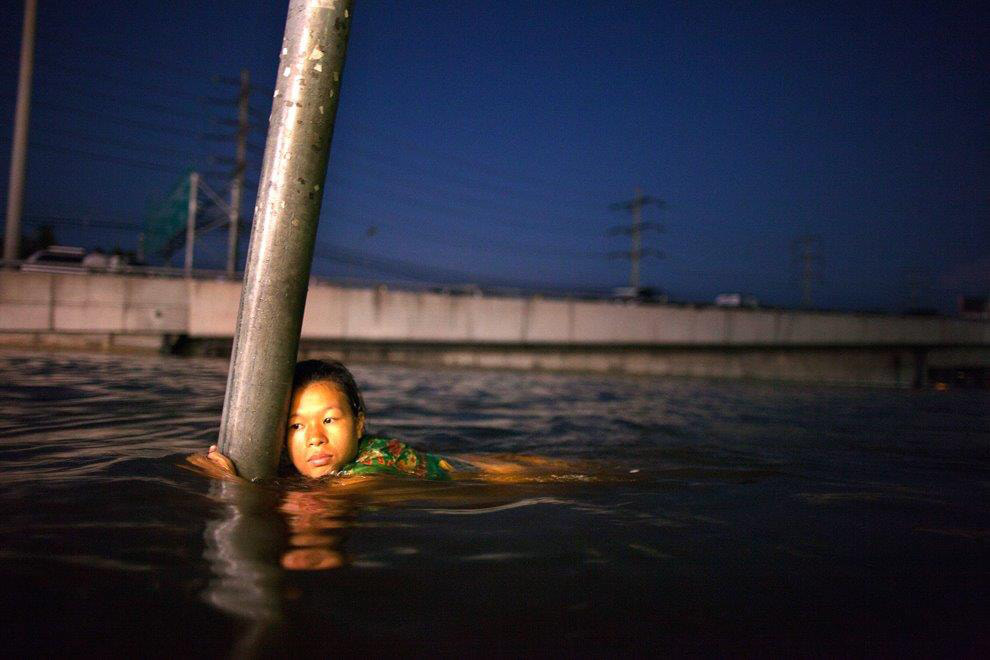
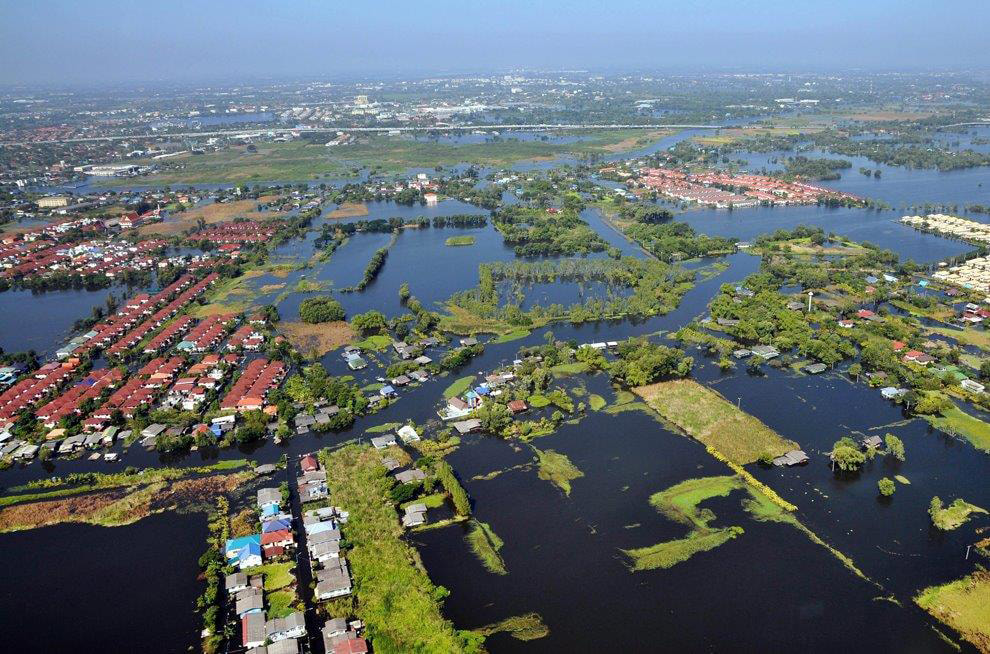
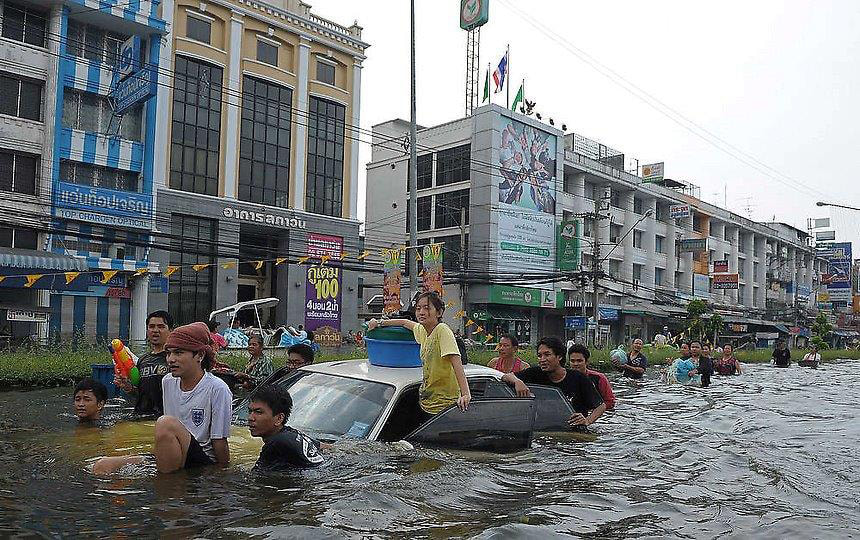
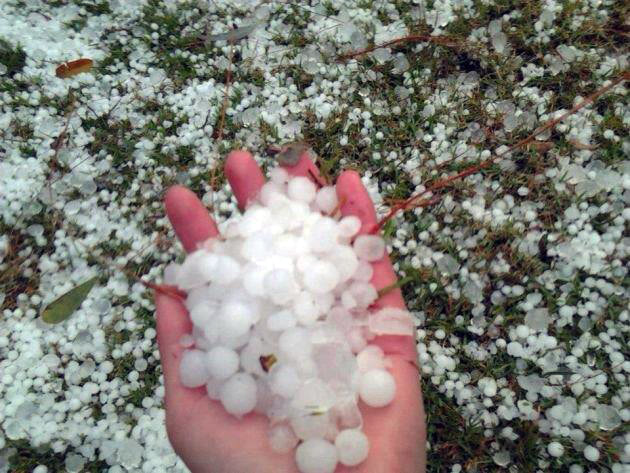
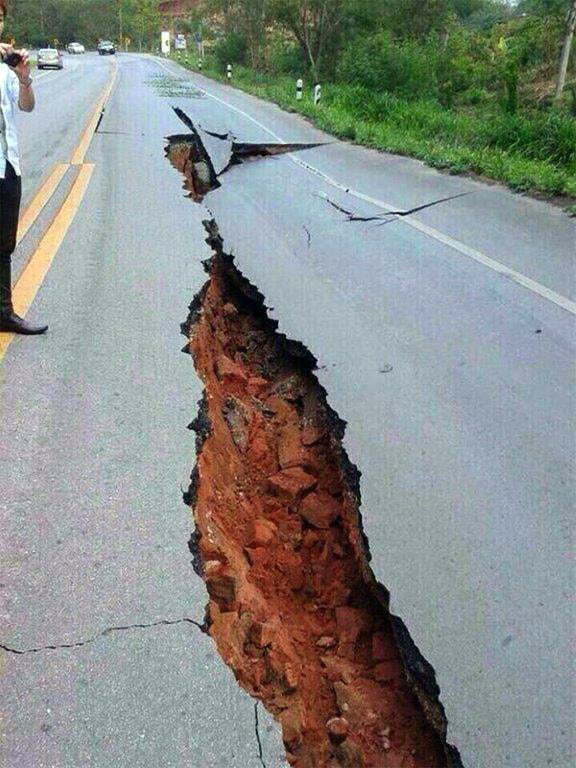
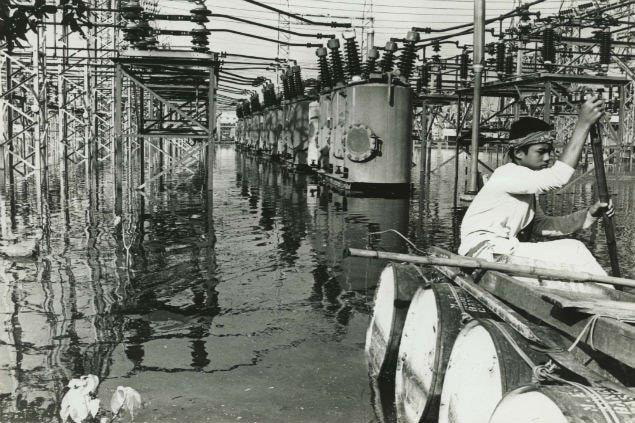
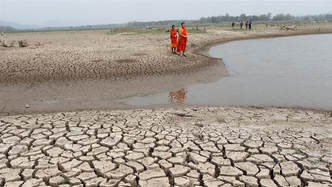
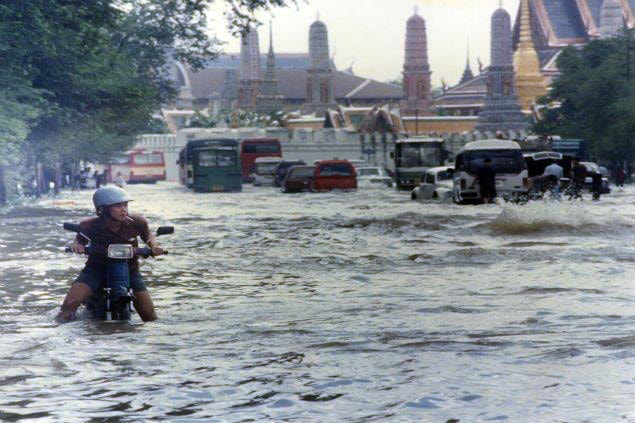
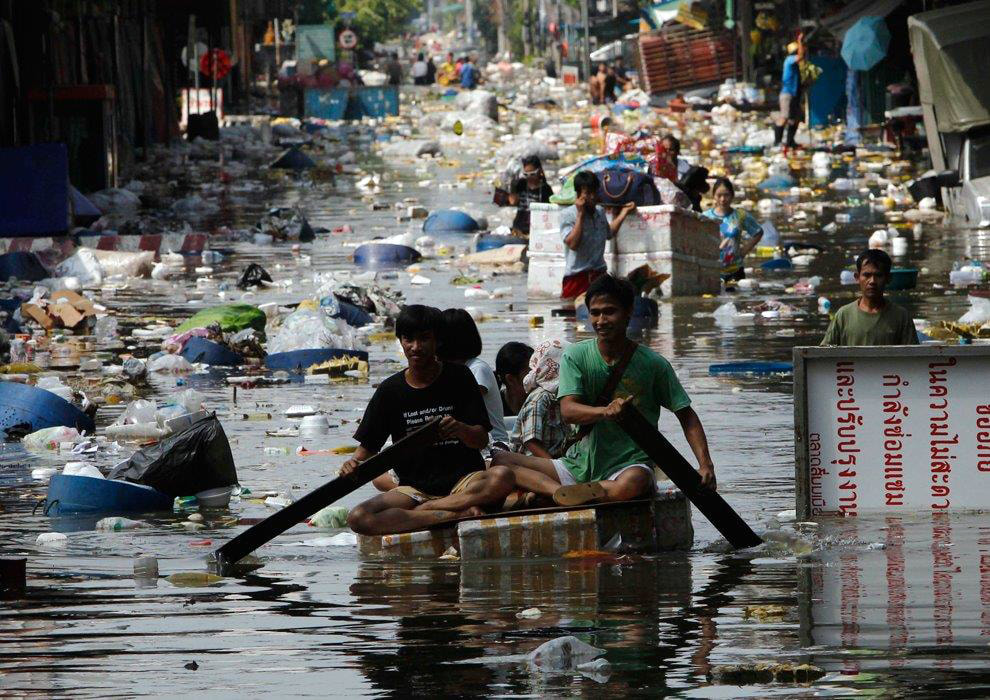
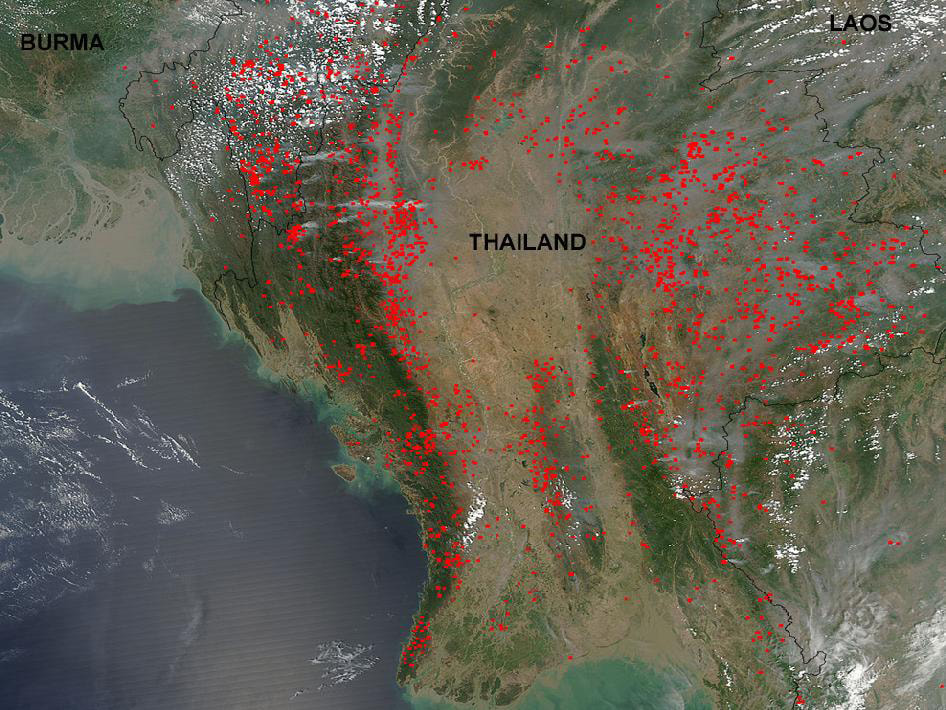
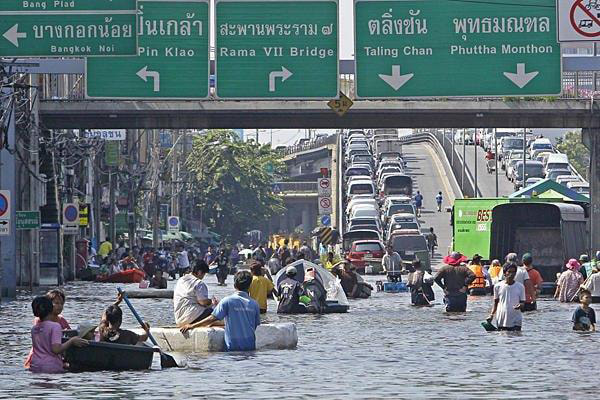
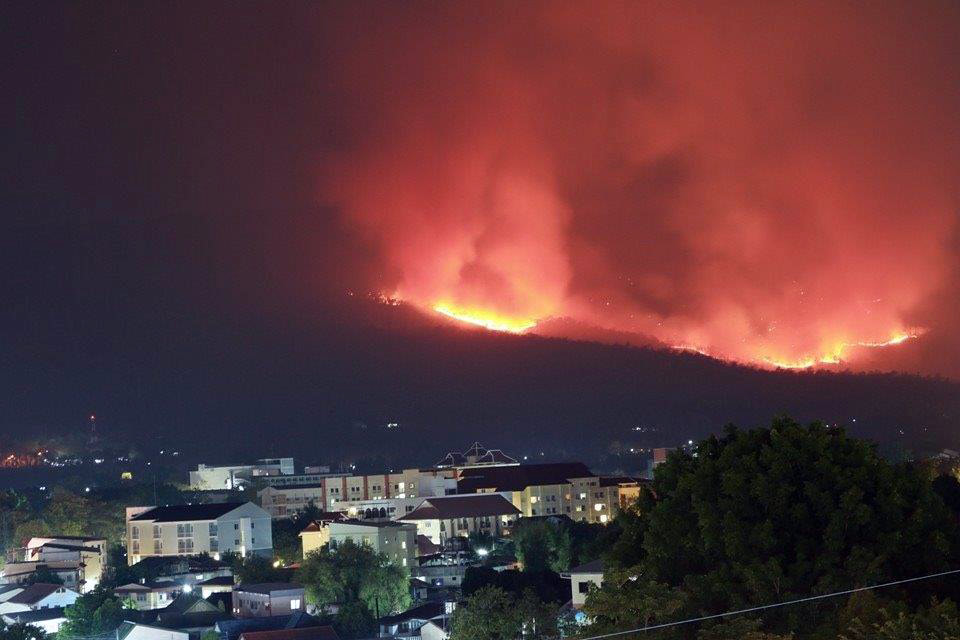
 RSS Feed
RSS Feed
















